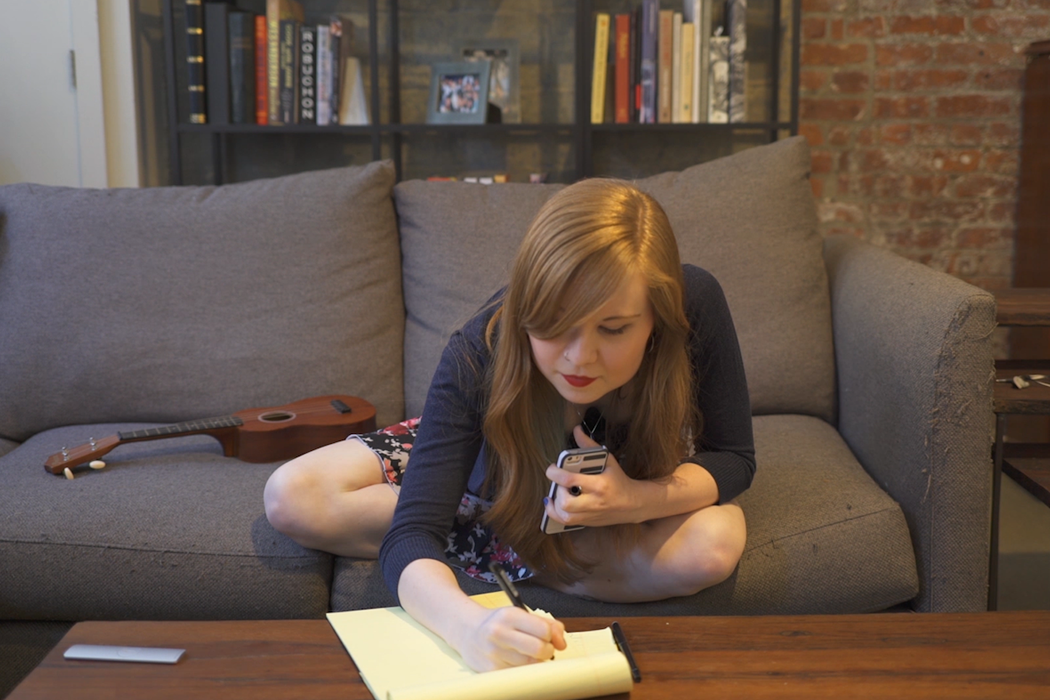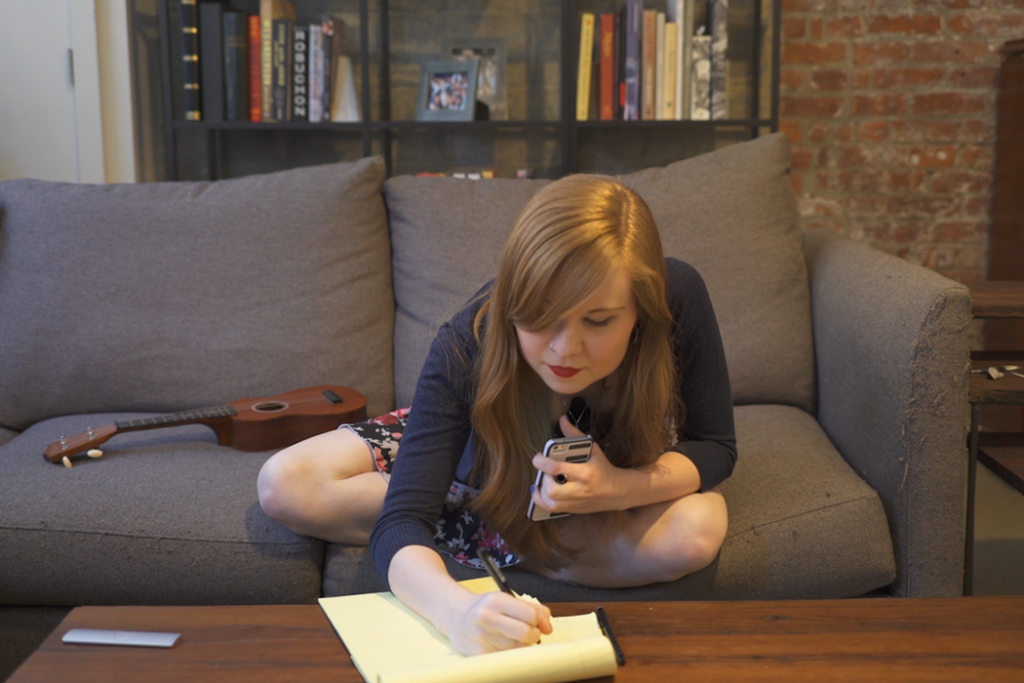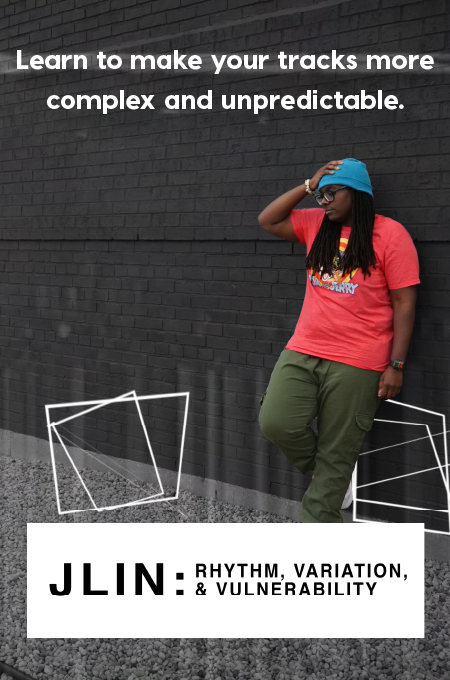
+ Welcome to Soundfly! We help curious musicians meet their goals with creative online courses. Whatever you want to learn, whenever you need to learn it. Subscribe now to start learning on the ’Fly.
Great songwriting is about creating an experience for the listener, in order to guide them through the journey of your song. A story can be told from multiple perspectives, and it is up to the songwriter to decide which point of view works best for that particular message.
In fact, whenever you have a song idea, it’s often best to try and find out which point of view sounds most genuine. So in today’s article, I will outline the four different points of view available for you to use in your songwriting — it’s up to you to figure out when to employ them!
Third Person
If we imagine a horizontal spectrum of most objective facts on one end and the most intimate feelings on the other, third person perspective is usually at the end of the most objective side. Out of all the types of points of view we’ll look at today, third person is the most distant. The audience is in an observing manner and far from the events themselves.
In the third person narrative, the writer can also be dubbed as the god-writer, or seen as having the all-knowing, omniscient perspective on the events to unfold. The writer truly takes an objective part in storytelling and presents the events as they happened, rather than bringing personal emotions into the narrative.
A classic example would be “Eleanor Rigby” by the Beatles.
“Eleanor Rigby
Picks up the rice in the church where a wedding has been
Lives in a dream
Waits at the window
Wearing the face that she keeps in a jar by the door
Who is it for?”
First Person
Between the spectrum of the most objective facts and most intimate feelings, first person narrative is a bit closer to intimate feelings compared to third person. Consequently, we are no longer so far from the events, and now we are getting a little closer to the action. Now, personal feelings start being conveyed verbally in the song.
In the first person point of view, the songwriter uses “I,” but still keeps us, the audience, at a distance. We are now learning about their feelings as the songwriter, but we are not involved in the events in any way.
A great example of the first person address is “Slow Burn” by Kacey Musgraves.
“I’m alright with a slow burn
Taking my time, let the world turn
I’m gonna do it my way, it’ll be alright
If we burn it down and it takes all night
It’s a slow burn, yeah.”
Second Person
As we sidle up a little bit closer towards the “feelings” side of the spectrum, up next we have the second person point of view. The second person narrative will address the audience as “you,” which now gets us involved in the action. However, the writer will not actually mention “I” at all. This is an interesting narrative device, because there will not be a situation between “you” and “I.” It will be more like “This is what happened to you, and here is why…”
Due to its specific and complicated nature, the second person narrative is not often used. In fact, we can say that the second person narrative is by far the most rarely used point of view. But when it is used, there’s almost always a storytelling aspect, with the songwriter playing the role of a narrator telling a tale.
A solid example of the second person point of view would be “Suzanne” by Leonard Cohen.
“Suzanne takes you down to her place near the river
You can hear the boats go by, you can spend the night forever
And you know that she’s half-crazy but that’s why you want to be there
And she feeds you tea and oranges that come all the way from China
And just when you mean to tell her that you have no love to give her
Then he gets you on her wavelength
And she lets the river answer that you’ve always been her lover.”
Direct Address
Direct address is by far the most intimate point of view of all four narratives. Just like the second person point of view, the song is addressed to “you,” however now there is also “I.” Now the audience is directly involved with the song, whether we like it or not, because we have a clear “you” and “I” situation.
“You did something to me, and here is what happened,” or “I loved you and here’s what happened next” would be two of the most common cases of songs written in direct address. It would not be an understatement to say that most love songs are written in direct address due to their intimate nature with regards to heavy feelings.
A recent example of direct address is “Without Me” by Halsey.
“Found you when your heart was broke
I filled your cup until it overflowed
Took it so far to keep you close
I was afraid to leave you on your own.”
It is important to be aware of these four points of view, and to know when to use and where to use them.
For starters, I would highly suggest going through some of your favorite songs in your library and start classifying them based on the point of view they use. Turning this process into a habit will help you internalize your process of picking the point of view, and it will take your songwriting skills to a new level.
Want to get all of Soundfly’s premium online courses for a low monthly cost?
Subscribe to get unlimited access to all of our course content, an invitation to join our members-only Slack community forum, exclusive perks from partner brands, and massive discounts on personalized mentor sessions for guided learning. Learn what you want, whenever you want, with total freedom.




